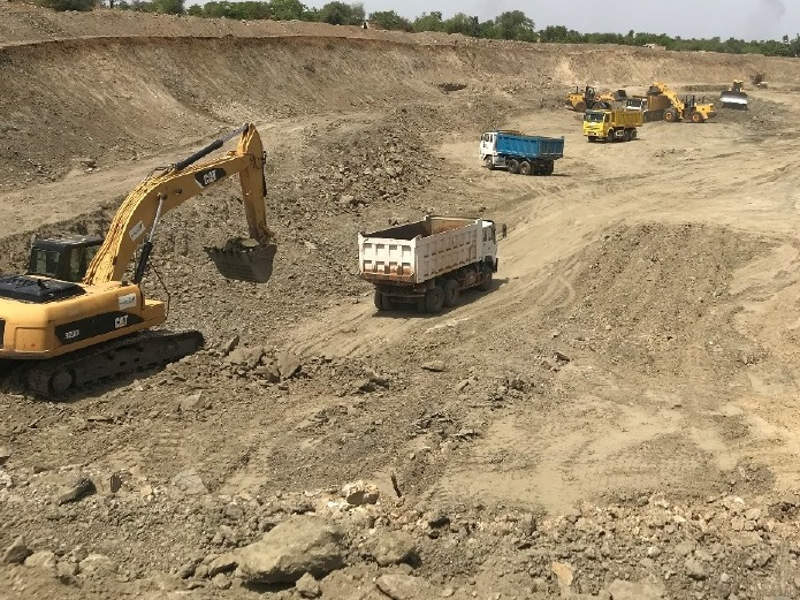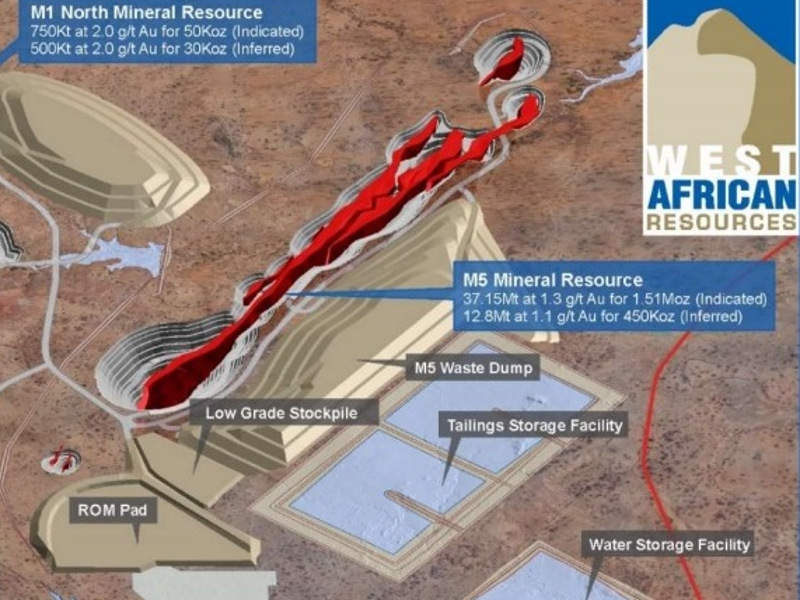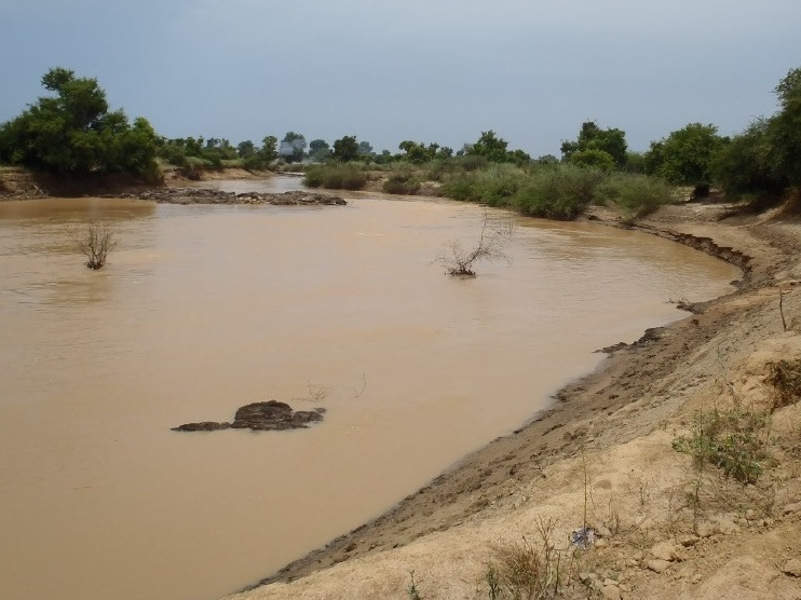The Sanbrado gold project is a high-grade underground and open-pit operation located approximately 90km east-southeast of Ouagadougou, the capital city of Burkina Faso.
West African Resources (WAF) holds a 90% interest in the Sanbrado gold project, while the Government of Burkina Faso has a free-carried 10% interest in the project.
Mining permit for the project was received in January 2017, while environmental approval was granted in April 2018. The definitive feasibility study for the combined open-pit and underground project commenced in 2017 and was completed in June 2018.
Early construction works at Sanbrado started in July 2018, while first gold pour is expected in 2020.
The project is expected to produce an average of 211,000oz of gold a year over the first five years of mine life. It is estimated to produce an average of 133,000oz of gold a year through its mine life of 11 years.
Sanbrado gold project location and geology
The contiguous tenements hosting the Sanbrado project were earlier owned by Channel Resources. WAF acquired the company in 2014 gaining ownership of the Sanbrado project. WAF holds a mining permit and an exploration licence for the gold project, which extends across 116km².
The project consists of four separate zones namely Mankarga 1 North (M1 North), Mankarga 1 South (M1 South), Mankarga 3 (M3), and Mankarga 5 (M5).
The mine is associated with the Lower Proterozoic system of the Birimian comprising meta-volcanic and metasedimentary rocks. The M1 south and M5 pits form part of high-strain zones, which are believed to have formed along the margins of major granitoids.
The main rock types found at the project are identified as clastic meta-sediment and mafic to intermediate intrusive. The meta-sediments comprise a mixture of black shale, laminated metasiltstone and lithic greywacke rocks, which are intruded by both mafic and intermediate intrusives.
The gold mineralisation is associated with the main hydrothermal event, which produced strong silicification of the surrounding rock during opening and reactivation of the pre-existing foliation.
Sanbrado gold project reserves
The probable reserves at Sanbrado are estimated to be 20.4 million tonnes (Mt) containing 1.6 million ounces (Moz) of ore grading 2.4g/t Au.
Mining at Sanbrado
Conventional mining methods will be applied at the Sanbrado open-pit and underground gold project. Underground mining will be performed up to the fifth year, while open-pit mining and processing are expected to continue up to the 11th year.
The open-pit mining will include drill and blast with material movement by using hydraulic excavator and trucks.
The steeply dipping, high-grade zone at M1 South is proposed for underground mining, which will be accessed through a portal constructed in the south-east wall of the open-pit.
Ore processing at Sanbrado
The Sanbrado processing plant will be located approximately 2km from the most southern M1 open-pit and have a design throughput of 2Mtpa.
Run-of-mine (ROM) ore will be initially crushed in a single-stage crushing circuit having a throughput capacity of 450tph. The crushed ore will be fed to the milling circuit, comprising a semi-autogenous grinding (SAG) mill, which will grind the ore to achieve a product size of 80% passing (P80) 90 micron.
The gravity circuit will consist of two centrifugal concentrators and an intensive leach reactor for the treatment of the gravity concentrate.
The discharge from the ball mill will pass through a trommel screen and will be added with water. Oversize from the trammel section will be reported to the scats bunker and the undersize to the ball mill discharge hopper.
Slurry in the mill discharge hopper will be pumped to the gravity scalping screens, the underflow of which will be delivered to two centrifugal gravity concentrators. The rougher gravity concentrate will be taken to the intensive leach reactor, where it will be intensively leached to dissolve the contained gold into pregnant liquor.
The pregnant liquor from the reactor will pass through the electro-winning cell, wherein the gold sludge will be collected for further refining to produce the final gold doré bar.
Infrastructure facilities at Sanbrado gold project
Access to the mine is through a sealed highway (RN4) running between Ouagadougou and Koupela.
Power supply for the mine will be made through a proposed heavy fuel oil (HFO) power station to be constructed at the processing plant. The power station is proposed to be constructed by an independent power provider under a build-own-operate agreement.
Water will be sourced primarily from the Nakambe River, located 19km south-west of the plant site, and pumped to a water storage dam.
WAF proposes to accommodate the workers at the 172-person camp, which will be located 1.5km south-east of the processing plant.
Contractors involved
Mintrex Engineering was engaged to manage the DFS and is also responsible for study management, processing plant and infrastructure design, and metallurgical overview.
Aurifex and ALS Ammtec were engaged for metallurgical test work, while OMC was engaged in conducting comminution modelling for the project.
The other consultants involved in preparing the DFS include Knight Piésold, BEGE, NGRID, Peter O’Bryan & Associates, Sylvatrop Consulting, International Resource Solutions, SCME, Capital Mine Consulting & Kenmore, and RL Advisory.






